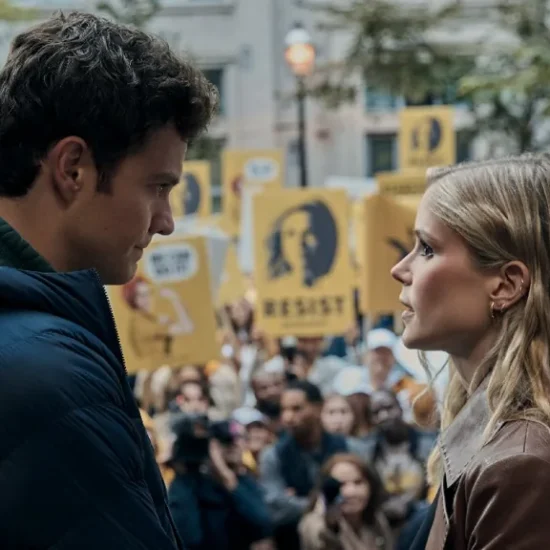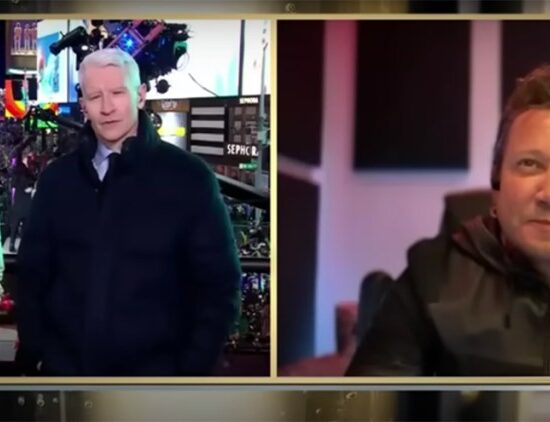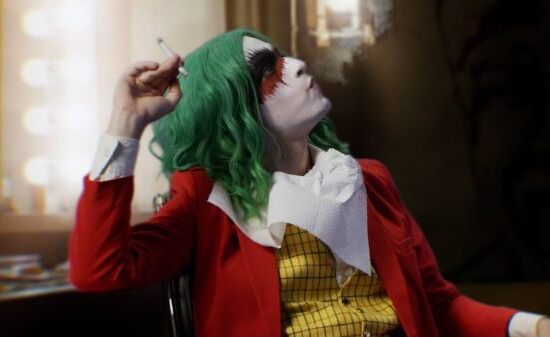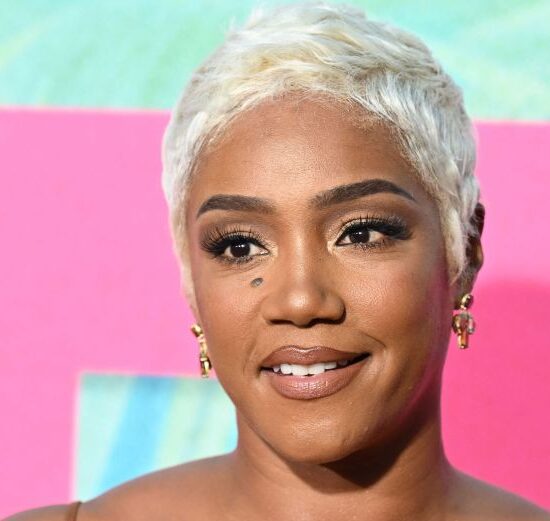
It seems somehow surprising that Oscar-winning filmmaker Alejandro González Iñárritu and lauded veteran cinematographer Darius Khondji had never worked together before collaborating on Bardo, False Chronicle of a Handful of Truths. But when they finally did come together on what would become Mexico’s entry for the Best International Feature Oscar, there was an instant melding of the minds and a true feeling of kinship, with each telling me they felt as if they’d discovered a brother they’d never met.
Khondji, who recently won the Silver Frog at Cameraimage for Netflix’s Bardo, recounted that Iñárritu called him “completely out of the blue form the other side of the world and told me about this film he was making. From the first calls we had, it put me in a certain kind of mood. … The way he was talking about it, there was something very familiar, like somebody from my family, like a young uncle or young brother was calling me. He started opening a door that made me enter this other world.”
And that was all before Khondji had even read a word of the story. When he ultimately received it, he said he felt: “I haven’t read a script like that — like Apocalypse Now — where you go into a journey. This movie was a journey, and of course I took the first plane to Mexico to join Alejandro.”
For Iñárritu, Khondji “always has been one of my favorite DPs in the world because I think on all films that he does, he is an incredible painter. He is not only a very eclectic photographer, but I think as an artist he is somebody who understands truly what a film needs and puts his art on that spirit.”
Khondji has worked with such filmmakers as David Fincher, James Gray, Woody Allen, Danny Boyle, Michael Haneke and Bong Joon-ho. Said Iñárritu, “The incredible amount of great directors he has worked with speaks for itself.”
Bardo documents one man’s cultural rediscovery as he leaves Los Angeles and returns to Mexico. After receiving a prestigious award for his work in journalism and documentary filmmaking, Silverio (Daniel Giménez Cacho) is compelled to re-examine his roots. Upon arrival, he contends with embarrassing memories from the past and an existential crisis.
The film has a surreal, dreamlike quality filled with what Iñárritu has said are “ungraspable things.” The director wanted Khondji “to understand this film is made of dreams and feelings and emotions and fears and all things that don’t have any logic, any structure and rational things that you can handle.”
Twenty minutes into their initial conversation, Iñárritu said, “we were talking about lenses and about light and about painters and about photographers that inspire us. I felt we were already making the film.”
A challenge for Iñárritu was that “the things I wanted to express were extremely fragile, vulnerable, personal and scary to talk about, very intimate things. And at the same time, some others were kind of grand and epic because all those things have shaped me psychologically, emotionally. Everything is happening from a very extreme radical point of view from a guy that is putting his life together.”
With what he describes as a “dream language,” Iñárritu wanted to combine, “the intimate and the epic, the nostalgic with the humor, the sublime and the stupidity and the ridiculous, the minimalistic moment of a little kiss in a turn from an epic conquest moment that represents the open wound of the country.”
That’s a fairly tall order, and Khondji agreed that there were “challenging sequences right from the beginning,” including shifts into dream sequences as well as big set pieces like one massive scene set in a dance club.
Still, for Khondji, it was “also incredibly exciting to do” like a “great musical party that a great composer had written, and we were helping play the part.”
Said Iñárritu, “With Darius, when he came I had already localized most of the locations, together we went through that. We discussed deeply about the drawings and the set designs and started rehearsing with the camera movement with incredible precision and how with all these lenses we can get all the context inside, but at the same time with the movement of the camera in dreams floating, we can get the most intimate close-up without the sensation of something objective but more objective through the character.” He added, “To get that liquidity, you have to have extreme precision.”
Iñárritu also noted, “The quality of light was absolutely intrinsic to the success of the film. Every single scene has a light quality that is kind of diaphanous, loose, a little bit blown away.”
And yet, the most apparently simple scene became one of the most challenging. This is when Silverio returns to his apartment after an extraordinary experience on the set of a TV talk show “and just stares in the window with that precise light — that took us days and days to get it right,” Iñárritu said.
He explained, “We impregnate that apartment with that light and then the camera pans to the right, he sits down, the camera starts penetrating to his face, we go to extremely close up and he is talking without moving his lips. Then we pass him and then [his wife] returns, and with an extreme close-up in the eye, and so [Khondji] broke the axis and he has to pass down the camera and we have a 65mm with a huge crane in the middle of this tiny room.”
Echoed Khondji: “It’s true, it’s a single sequence where you don’t cut. It was very complicated, very precise choreography to be able to deliver the story the way the characters are moving, But you don’t do a film like this without a director like Alejandro, it’s impossible. … He triggered everything, he created this world. A cameraman depends on the director.”
Iñárritu returned the compliment.” What Darius did is really incredible,” he said. “When you have 70mm with movements of 365 degrees — where to hide the lights, how you have to make the lighting movements with the panel to get it right to never project shadows. You don’t see any light source at all, everything feels real.”
He laughed, “It was a lot of really technical crap that I think only Darius would know.”
What did they learn from one another during the experience of making Bardo? Iñárritu said, “The approach of observation and energy and calm of Darius in the set despite challenging moments — that time is running and situations get really complicated and exhaustion and frustration — the ability of Darius to maintain a beautiful collaborative open spirit to observe not only technical every aspect of really what is right to every shot, but the way he hears people and communicates his ideas despite how difficult it could be in moments. I think I really learned from that, how his spirit in a way matched his talent.”
Khondji summed up, “I learned I only want to do another film with Alejandro.”













